Beni Hassan
« Retour
ENiM 7, 2014, p. 173-219.
Franck Monnier  Cet article propose une compilation de toutes les représentations égyptiennes relatives à l’architecture défensive, de la période protohistorique à la Basse Époque. L’inventaire ainsi dressé permet en outre quelques remarques et réflexions sur certains éléments de cette iconographie, sur la manière d’interpréter les illustrations de forts, mais aussi sur les limites que nous imposent les codes artistiques égyptiens.
Cet article propose une compilation de toutes les représentations égyptiennes relatives à l’architecture défensive, de la période protohistorique à la Basse Époque. L’inventaire ainsi dressé permet en outre quelques remarques et réflexions sur certains éléments de cette iconographie, sur la manière d’interpréter les illustrations de forts, mais aussi sur les limites que nous imposent les codes artistiques égyptiens.
 This article proposes a compilation of all the Egyptian representations concerning the defensive architecture, from the Protohistoric period to the Late Period. This inventory allows some remarks and reflections on some elements of this iconography, on interpretation of the illustrations of forts, but also on the limits imposed by the Egyptian artistic codes.
This article proposes a compilation of all the Egyptian representations concerning the defensive architecture, from the Protohistoric period to the Late Period. This inventory allows some remarks and reflections on some elements of this iconography, on interpretation of the illustrations of forts, but also on the limits imposed by the Egyptian artistic codes.
 Consulter cet article (54609) -
Consulter cet article (54609) -  Télécharger cet article au format pdf (26858)
Télécharger cet article au format pdf (26858)
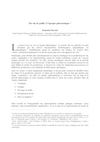
Benjamin Durand  La production de vin en Égypte pharaonique est bien connue grâce, notamment, aux nombreuses représentations funéraires peintes dans les tombes nobiliaires, de même que par l’archéologie, par le biais des conteneurs ayant permis son transport et sa conservation. Le détail des méthodes de production, et notamment de fermentation, sont cependant moins bien appréhendées. Le croisement des données picturales et épigraphiques permet néanmoins de lever un voile sur une possible méthode de préparation du vin, le passerillage.
La production de vin en Égypte pharaonique est bien connue grâce, notamment, aux nombreuses représentations funéraires peintes dans les tombes nobiliaires, de même que par l’archéologie, par le biais des conteneurs ayant permis son transport et sa conservation. Le détail des méthodes de production, et notamment de fermentation, sont cependant moins bien appréhendées. Le croisement des données picturales et épigraphiques permet néanmoins de lever un voile sur une possible méthode de préparation du vin, le passerillage.
 The wine production during Pharaonic period is well known thanks to the funeral representations painted in the noble’s tombs as well as to archaeology through the containers that enable their transportation. The detail of the method of production, and especially the fermentation, is however less apprehended. The crossing of pictorial and epigraphic data enables nonetheless to lift the veil on a possible method to produce wine: the passerillage.
The wine production during Pharaonic period is well known thanks to the funeral representations painted in the noble’s tombs as well as to archaeology through the containers that enable their transportation. The detail of the method of production, and especially the fermentation, is however less apprehended. The crossing of pictorial and epigraphic data enables nonetheless to lift the veil on a possible method to produce wine: the passerillage.
 Consulter cet article (43363) -
Consulter cet article (43363) -  Télécharger cet article au format pdf (23276)
Télécharger cet article au format pdf (23276)
ENiM 9, 2016, p. 155-165.
Laila Azzam  La fausse-porte d’Ipy, sujet de cet article, se trouve dans la tombe 481 de Béni Hassan, datée de la VIe dynastie. Son état de conservation est bon. Les reliefs ont été sculptés en creux, ils conservent encore des traces de pigments rouget et jaune.
La fausse-porte d’Ipy, sujet de cet article, se trouve dans la tombe 481 de Béni Hassan, datée de la VIe dynastie. Son état de conservation est bon. Les reliefs ont été sculptés en creux, ils conservent encore des traces de pigments rouget et jaune.
 The False door of Ipy which forms the subject of this paper comes from the rock-cut tomb number 481 at Beni Hassan that dates back to the second half of the Sixth Dynasty. The false door is in a fair state of preservation the scenes and texts are in sunk relief with traces of red and yellow pigments.
The False door of Ipy which forms the subject of this paper comes from the rock-cut tomb number 481 at Beni Hassan that dates back to the second half of the Sixth Dynasty. The false door is in a fair state of preservation the scenes and texts are in sunk relief with traces of red and yellow pigments.
 Consulter cet article (42116) -
Consulter cet article (42116) -  Télécharger cet article au format pdf (23536)
Télécharger cet article au format pdf (23536)
5 article(s) - 2 avril 2025.
:
224 articles
4 639 876 téléchargements
9 349 400 consulations.
Index des auteurs  Mots clés
Mots clés 
Derniers articles : 
Maxim Panov
The Synodal Decree of 196 BC in Copies by J.G. Wilkinson: Addendum
(ENiM 18, p. 61-64 — 2 avril 2025) 
Thierry-Louis Bergerot, Livia Bergerot
Le scribe et l’égyptologue sous l’oeil du dieu
(ENiM 18, p. 55-59 — 11 mars 2025) 
Franck Monnier
Ṯsmt ou swnw. D’autres cas possibles de couronne en forme de bastion ou de tour crénelée
(ENiM 18, p. 37-53 — 11 mars 2025) 
Robert Steven Bianchi
Duplication and Continuity
(ENiM 18, p. 13-36 — 11 mars 2025) 
Frédéric Mougenot
Rénénoutet à la porte de la maison
(ENiM 18, p. 1-12 — 29 janvier 2025) 
CENiM - Mise en ligne des volumes Ă©puisĂ©s : 
 RĂ©unis par GaĂ«lle Tallet et Christiane Zivie-Coche Le myrte & la rose. MĂ©langes offerts Ă Françoise Dunand par ses Ă©lèves, collègues et amis, CENiM 9, Montpellier, 2014 — (1 novembre 2014)
RĂ©unis par GaĂ«lle Tallet et Christiane Zivie-Coche Le myrte & la rose. MĂ©langes offerts Ă Françoise Dunand par ses Ă©lèves, collègues et amis, CENiM 9, Montpellier, 2014 — (1 novembre 2014) 
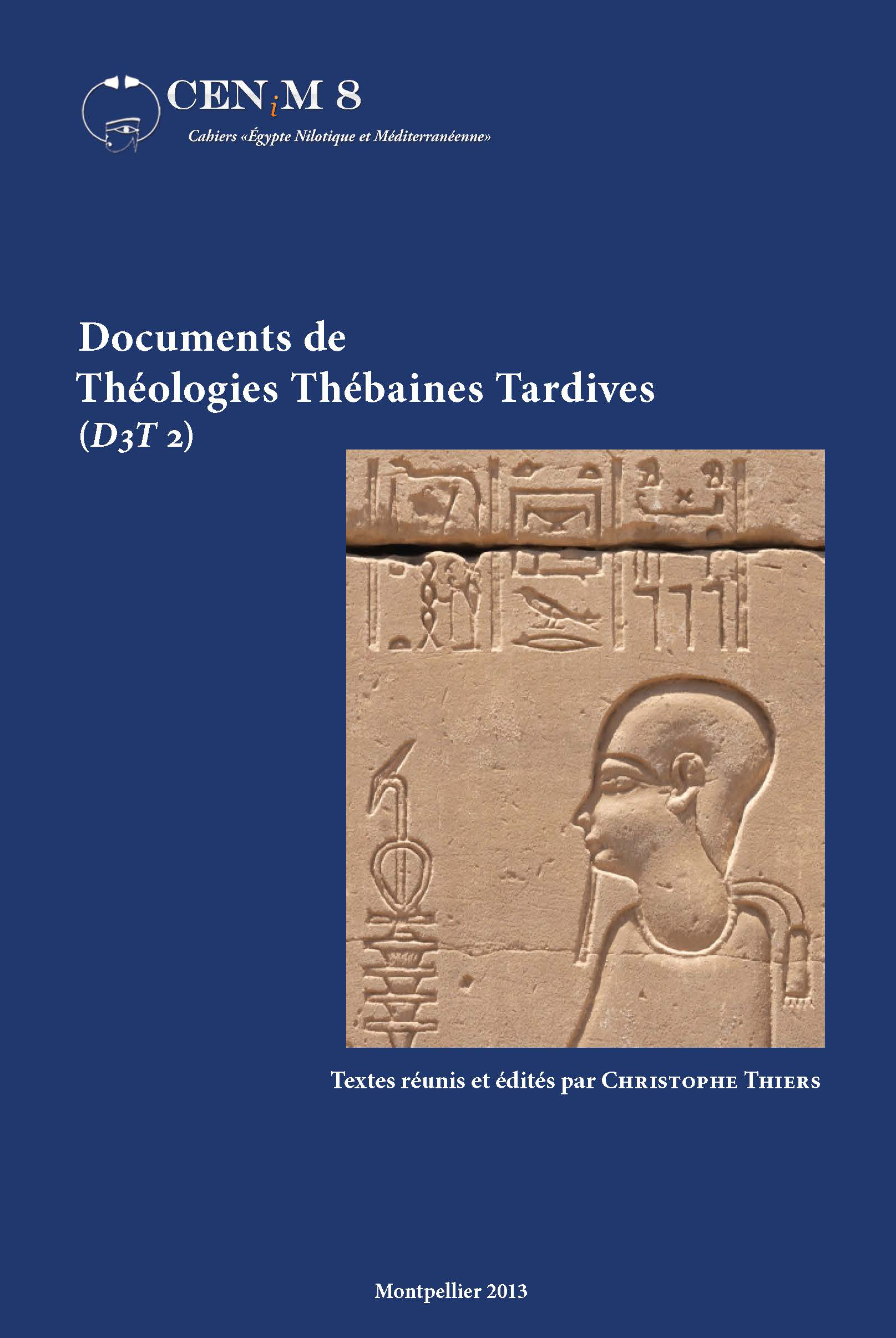 Textes rĂ©unis et Ă©ditĂ©s par Christophe Thiers Documents de ThĂ©ologies ThĂ©baines Tardives (D3T 2), CENiM 8, Montpellier, 2013 — (9 avril 2013)
Textes rĂ©unis et Ă©ditĂ©s par Christophe Thiers Documents de ThĂ©ologies ThĂ©baines Tardives (D3T 2), CENiM 8, Montpellier, 2013 — (9 avril 2013) 
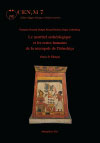 Françoise Dunand, Bahgat Ahmed Ibrahim, Roger Lichtenberg Le matĂ©riel archĂ©ologique et les restes humains de la nĂ©cropole de Dabashiya, CENiM 7, Montpellier, 2013 — (28 mars 2013)
Françoise Dunand, Bahgat Ahmed Ibrahim, Roger Lichtenberg Le matĂ©riel archĂ©ologique et les restes humains de la nĂ©cropole de Dabashiya, CENiM 7, Montpellier, 2013 — (28 mars 2013) 
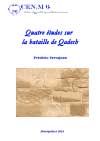 FrĂ©dĂ©ric Servajean Quatre Ă©tudes sur la bataille de Qadech, CENiM 6, Montpellier, 2012 — (26 mai 2012)
FrĂ©dĂ©ric Servajean Quatre Ă©tudes sur la bataille de Qadech, CENiM 6, Montpellier, 2012 — (26 mai 2012) 
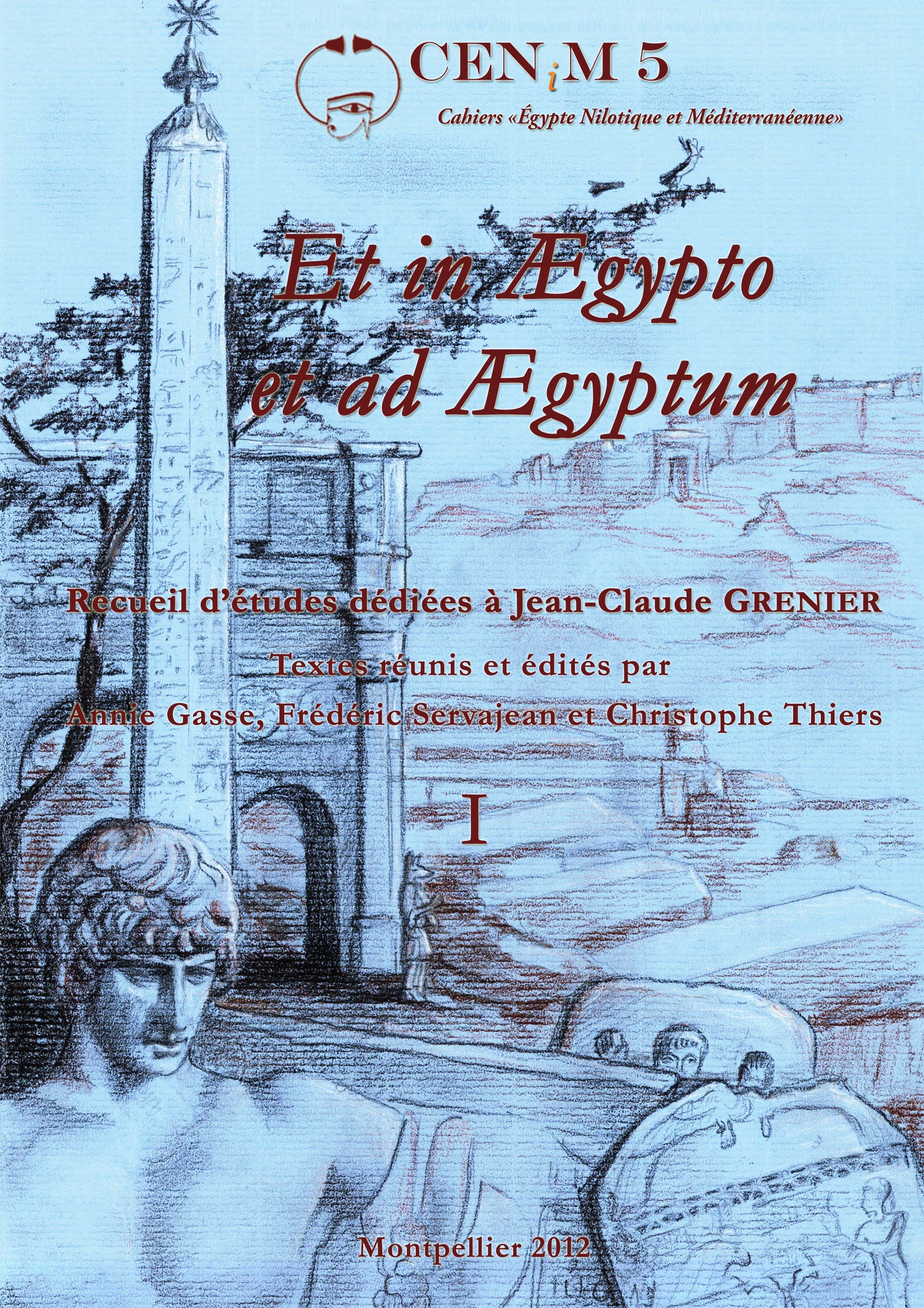 Textes rĂ©unis et Ă©ditĂ©s par A. Gasse, Fr. Servajean, et Chr. Thiers Et in Ægypto et ad Ægyptum, Recueil d’études dĂ©diĂ©es Ă Jean-Claude Grenier, CENiM 5, Montpellier, 2012 — (25 avril 2012)
Textes rĂ©unis et Ă©ditĂ©s par A. Gasse, Fr. Servajean, et Chr. Thiers Et in Ægypto et ad Ægyptum, Recueil d’études dĂ©diĂ©es Ă Jean-Claude Grenier, CENiM 5, Montpellier, 2012 — (25 avril 2012) 
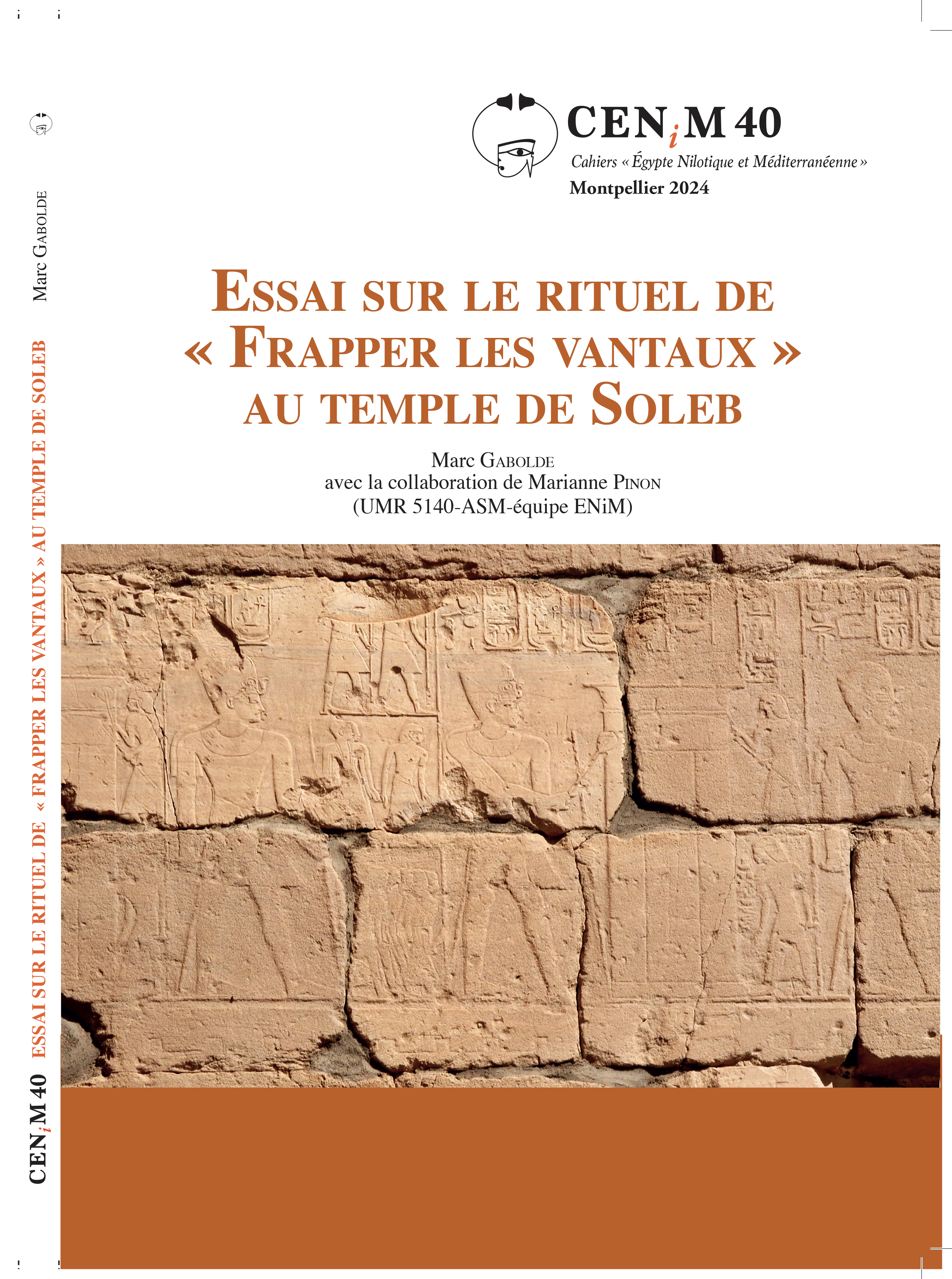 Marc Gabolde Essai sur le rituel de « Frapper les vantaux » au temple de Soleb (avec la collaboration de Marianne Pinon), CENiM 40, Montpellier, 2024 — (10 juillet 2024)
Marc Gabolde Essai sur le rituel de « Frapper les vantaux » au temple de Soleb (avec la collaboration de Marianne Pinon), CENiM 40, Montpellier, 2024 — (10 juillet 2024) 
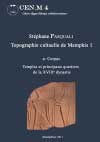 StĂ©phane Pasquali Topographie cultuelle de Memphis 1 a- Corpus. Temples et principaux quartiers de la XVIIIe dynastie, CENiM 4, Montpellier, 2011 — (7 mars 2011)
StĂ©phane Pasquali Topographie cultuelle de Memphis 1 a- Corpus. Temples et principaux quartiers de la XVIIIe dynastie, CENiM 4, Montpellier, 2011 — (7 mars 2011) 
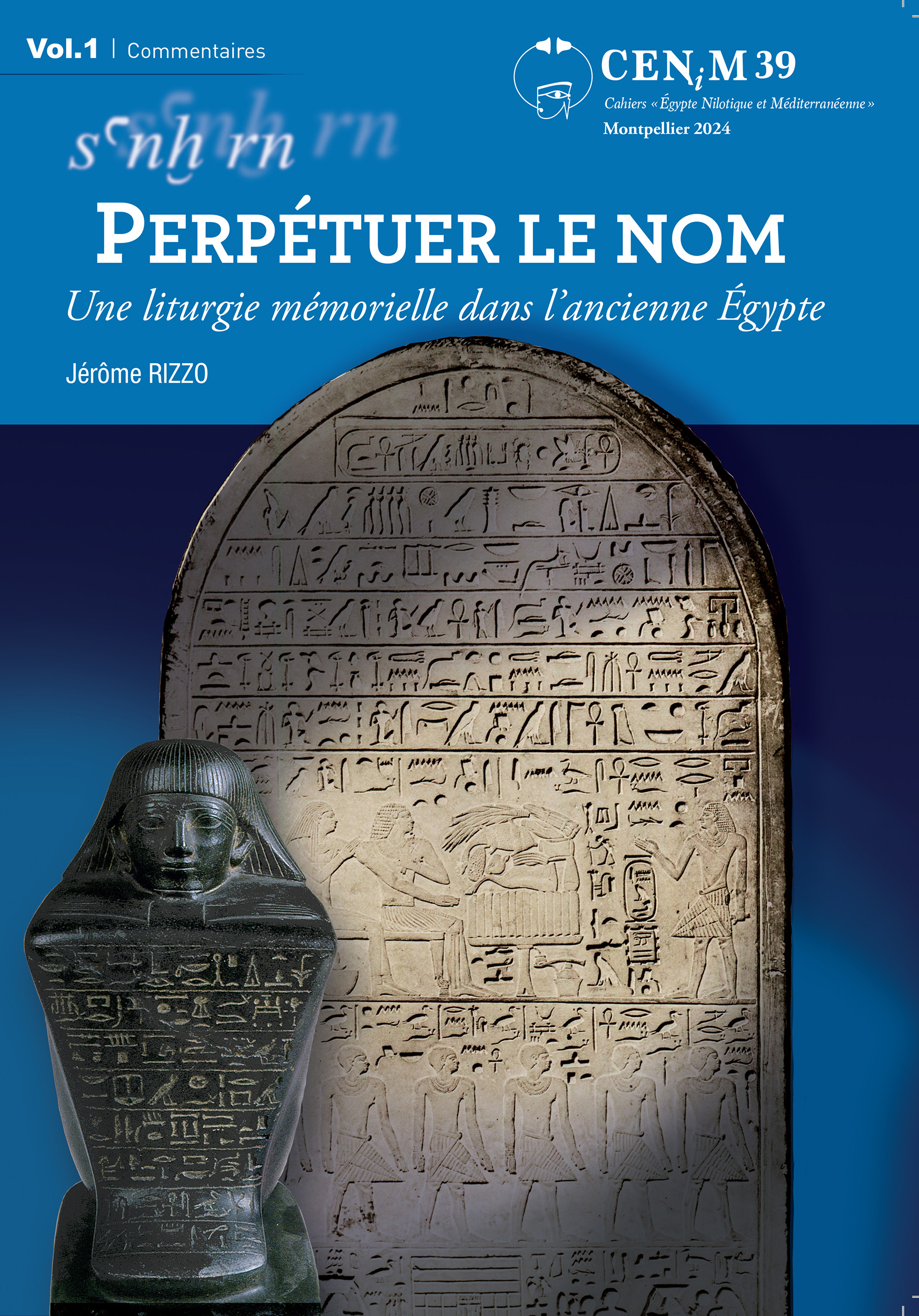 Jérôme Rizzo « Perpétuer le nom » (sanx rn)
Une liturgie mĂ©morielle dans l’ancienne Égypte (3. vols), CENiM 39, Montpellier, 2024 — (23 fĂ©vrier 2024)
Jérôme Rizzo « Perpétuer le nom » (sanx rn)
Une liturgie mĂ©morielle dans l’ancienne Égypte (3. vols), CENiM 39, Montpellier, 2024 — (23 fĂ©vrier 2024) 
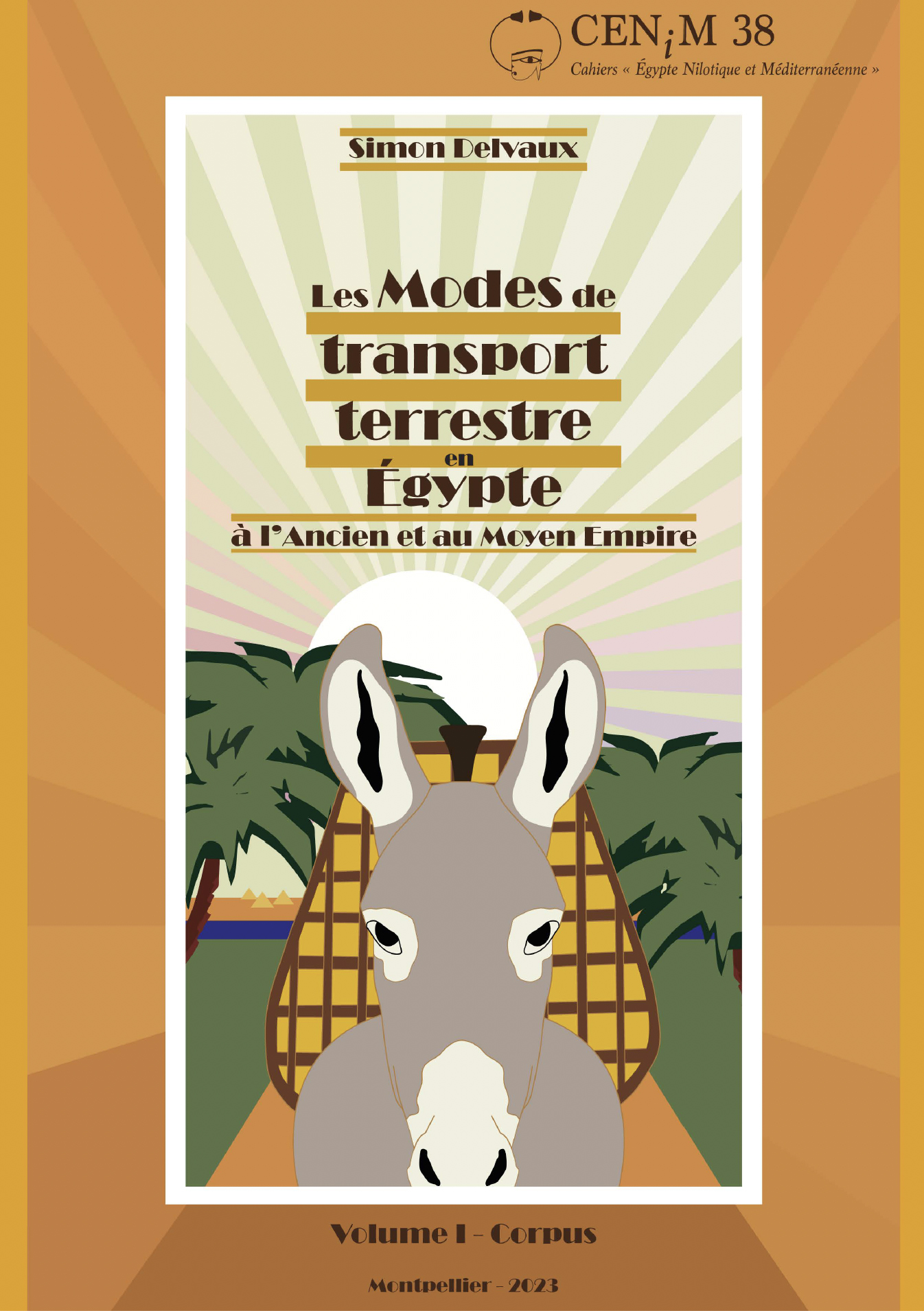 Simon Delvaux Les modes de transport terrestre en Égypte Ă l’Ancien et au Moyen Empire, CENiM 38, Montpellier, 2023 — (19 dĂ©cembre 2023)
Simon Delvaux Les modes de transport terrestre en Égypte Ă l’Ancien et au Moyen Empire, CENiM 38, Montpellier, 2023 — (19 dĂ©cembre 2023) 
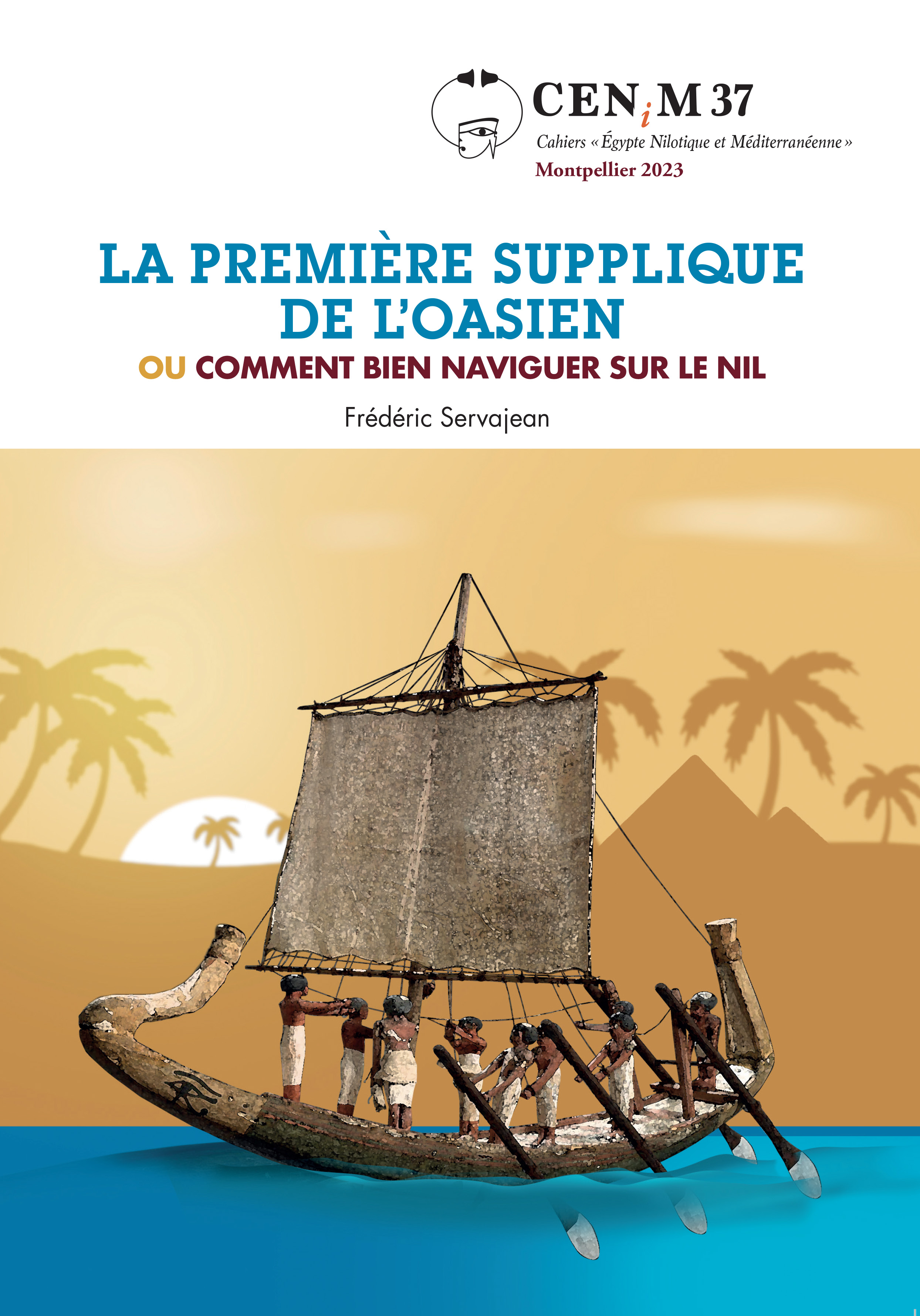 FrĂ©dĂ©ric Servajean La Première supplique de l’Oasien ou comment bien naviguer sur le Nil, CENiM 37, Montpellier, 2023 — (14 dĂ©cembre 2023)
FrĂ©dĂ©ric Servajean La Première supplique de l’Oasien ou comment bien naviguer sur le Nil, CENiM 37, Montpellier, 2023 — (14 dĂ©cembre 2023) 
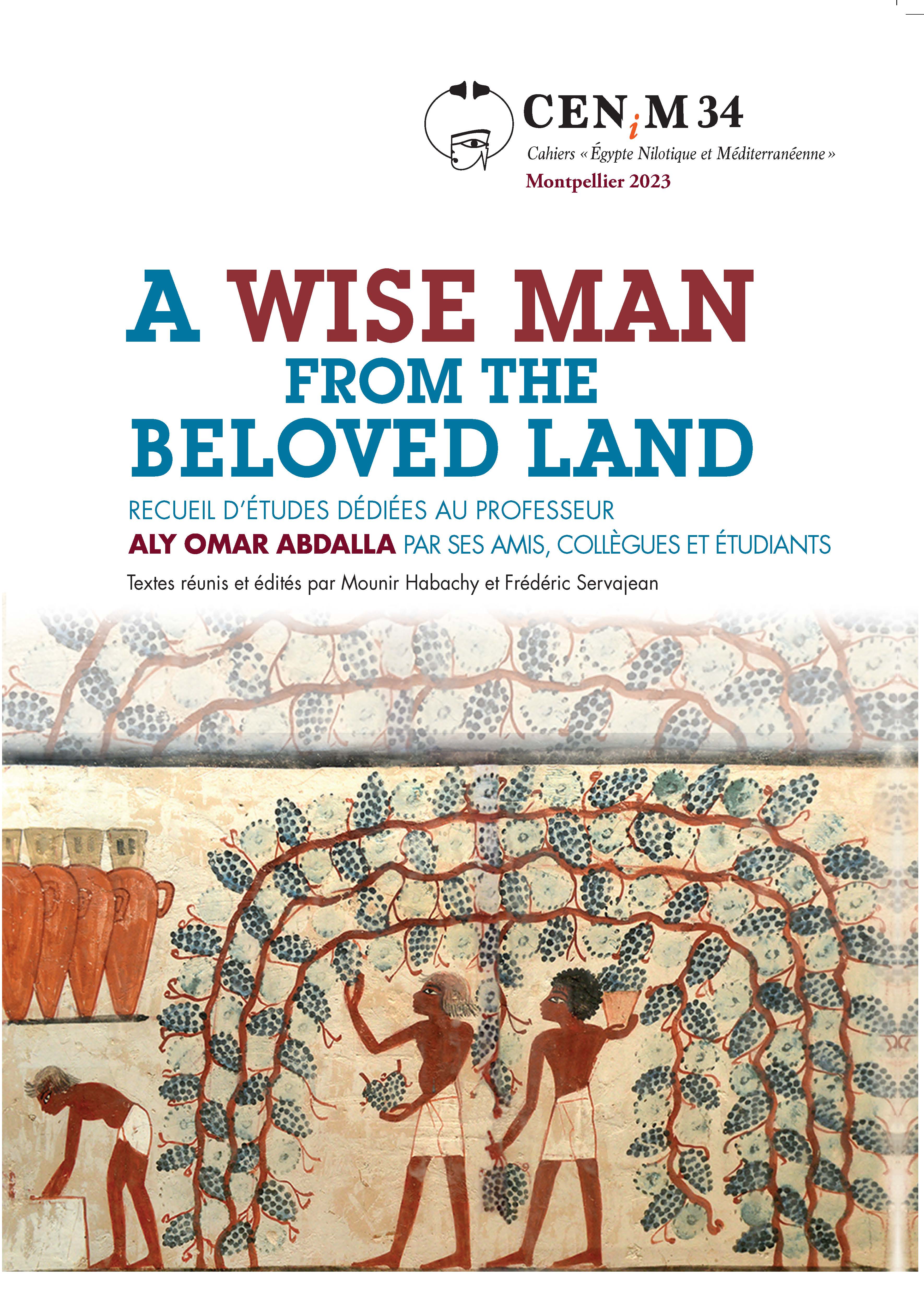 Textes rĂ©unis et Ă©ditĂ©s par Mounir Habachy et FrĂ©dĂ©ric Servajean A wise man from the Beloved land. Recueil d’études dĂ©diĂ©es au professeur Aly Omar Abdalla par ses amis, collègues et Ă©tudiants, CENiM 34, Montpellier, 2023 — (30 aoĂ»t 2023)
Textes rĂ©unis et Ă©ditĂ©s par Mounir Habachy et FrĂ©dĂ©ric Servajean A wise man from the Beloved land. Recueil d’études dĂ©diĂ©es au professeur Aly Omar Abdalla par ses amis, collègues et Ă©tudiants, CENiM 34, Montpellier, 2023 — (30 aoĂ»t 2023) 
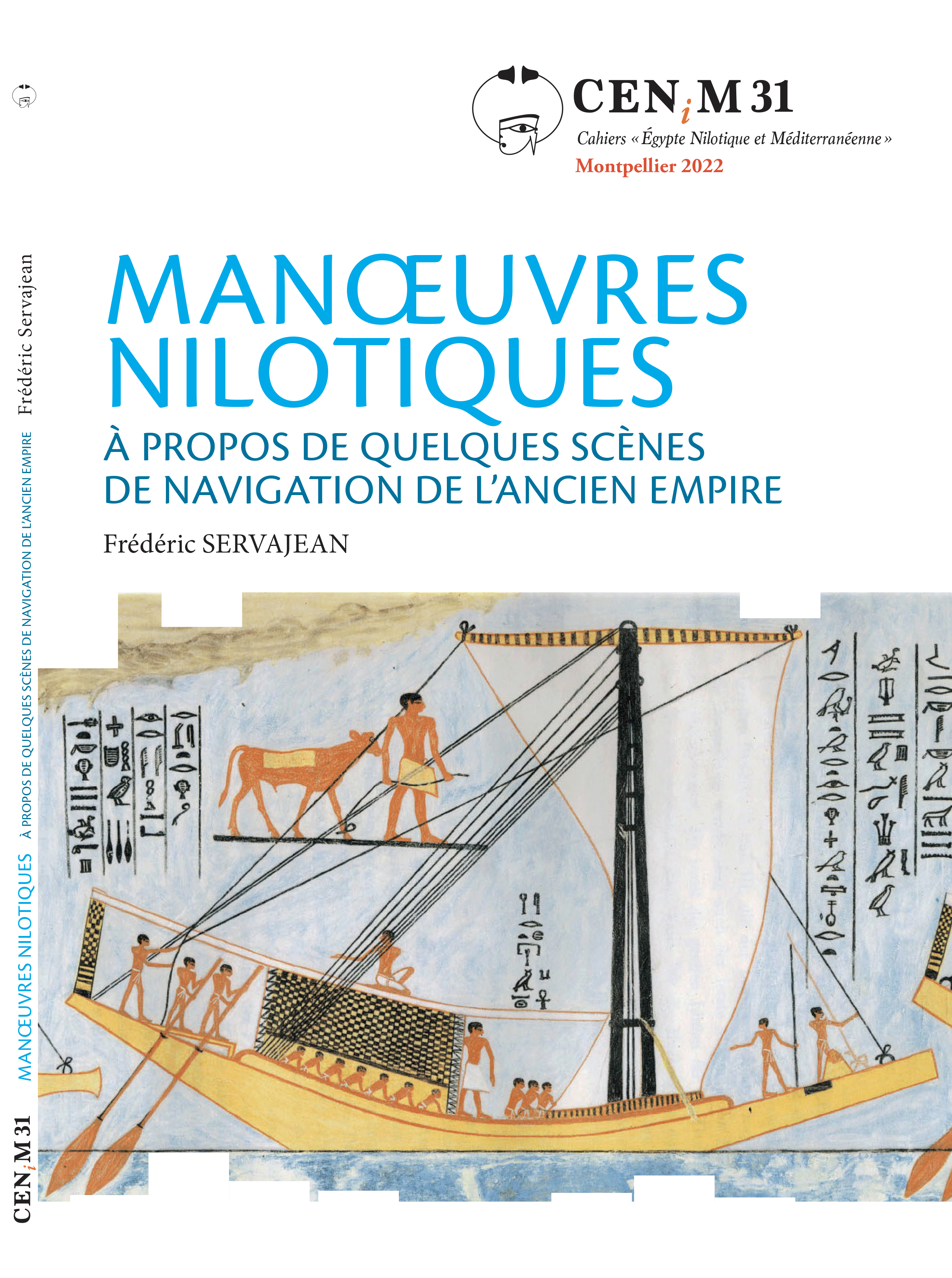 FrĂ©dĂ©ric Servajean Manoeuvres nilotiques. Ă€ propos de quelques scènes de navigation Ă l’Ancien Empire, CENiM 31, Montpellier, 2022 — (3 mai 2022)
FrĂ©dĂ©ric Servajean Manoeuvres nilotiques. Ă€ propos de quelques scènes de navigation Ă l’Ancien Empire, CENiM 31, Montpellier, 2022 — (3 mai 2022) 
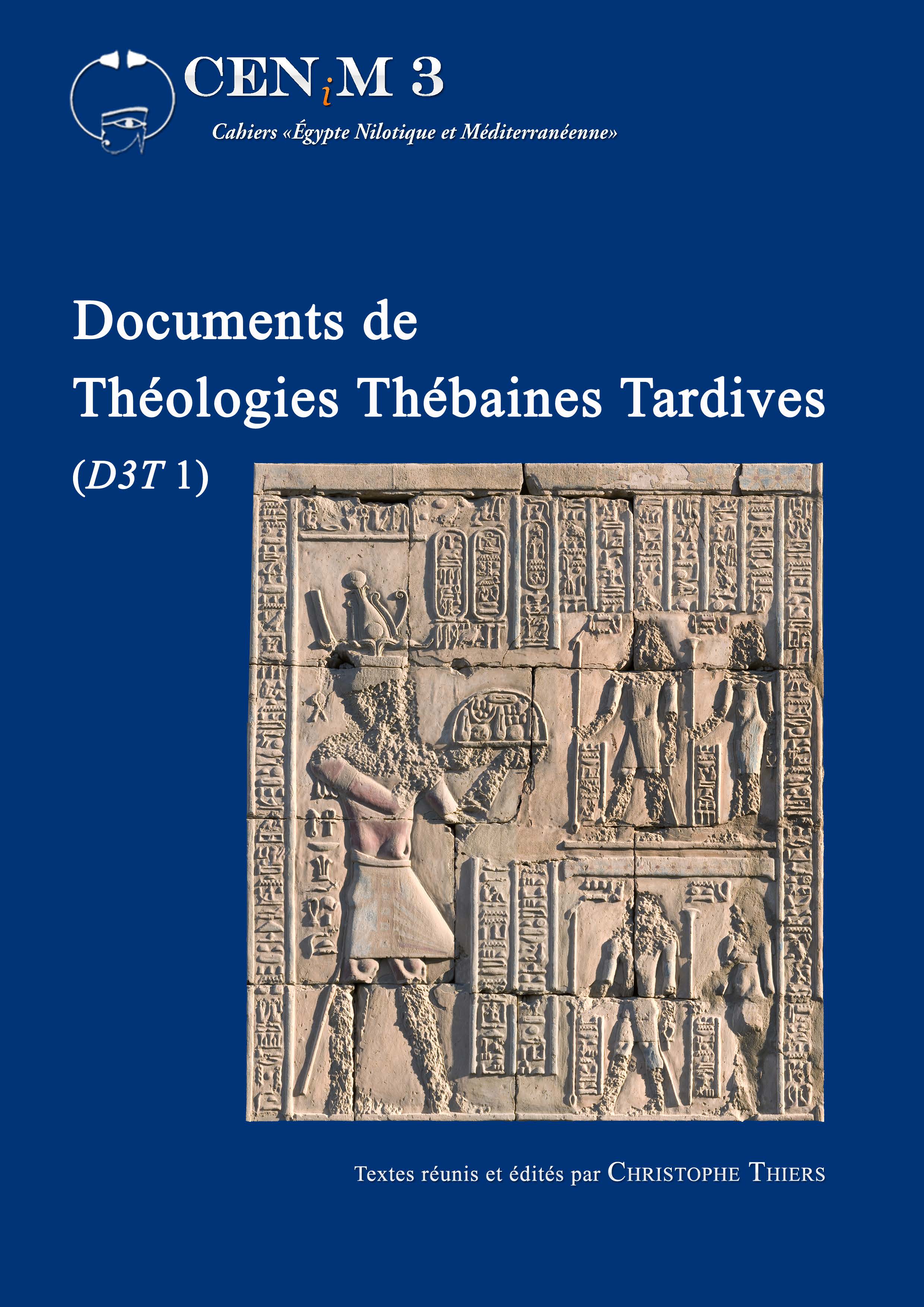 Textes réunis et édités par Christophe Thiers Documents de Théologies Thébaines
Tardives (D3T 1), CENiM 3, Montpellier, 2009 — (7 fevrier 2010)
Textes réunis et édités par Christophe Thiers Documents de Théologies Thébaines
Tardives (D3T 1), CENiM 3, Montpellier, 2009 — (7 fevrier 2010) 
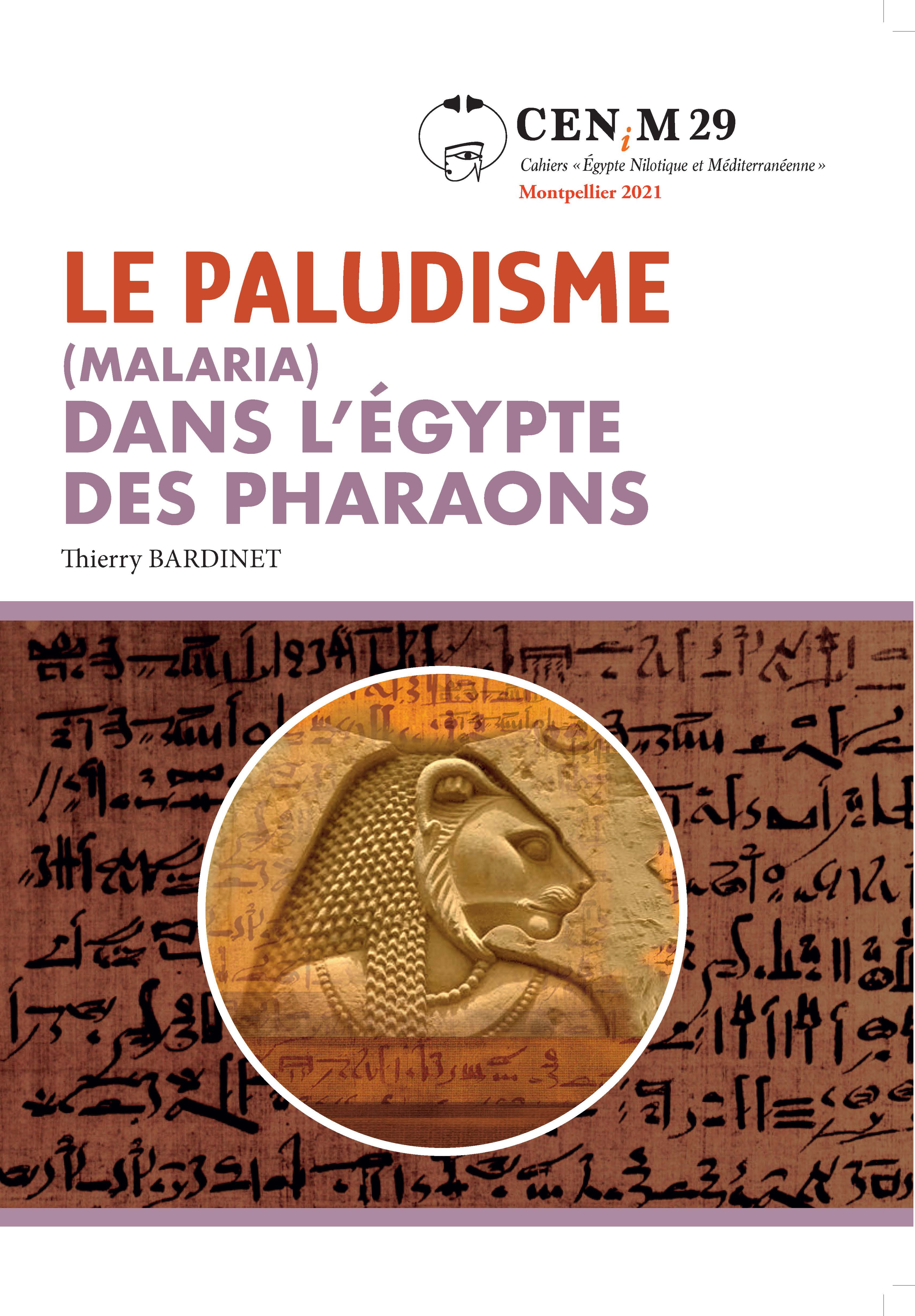 Thierry Bardinet Le paludisme (malaria) dans l’Égypte des pharaons. Étude d’un contexte mĂ©dical et historique, CENiM 29, Montpellier, 2021 — (19 novembre 2021)
Thierry Bardinet Le paludisme (malaria) dans l’Égypte des pharaons. Étude d’un contexte mĂ©dical et historique, CENiM 29, Montpellier, 2021 — (19 novembre 2021) 
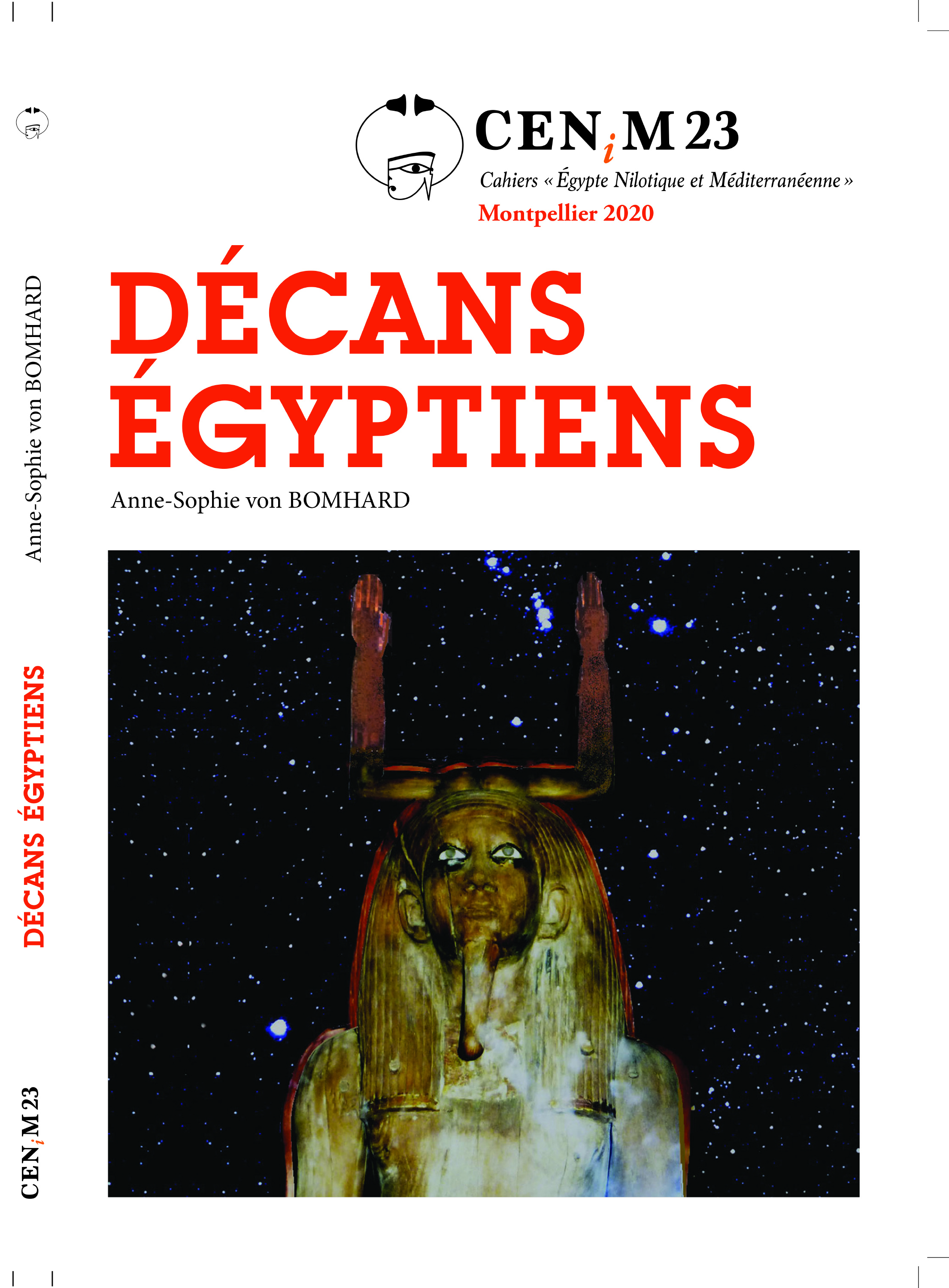 Anne-Sophie von BOMHARD DĂ©cans Ă©gyptiens, CENiM 23, Montpellier, 2020 — (2020)
Anne-Sophie von BOMHARD DĂ©cans Ă©gyptiens, CENiM 23, Montpellier, 2020 — (2020) 
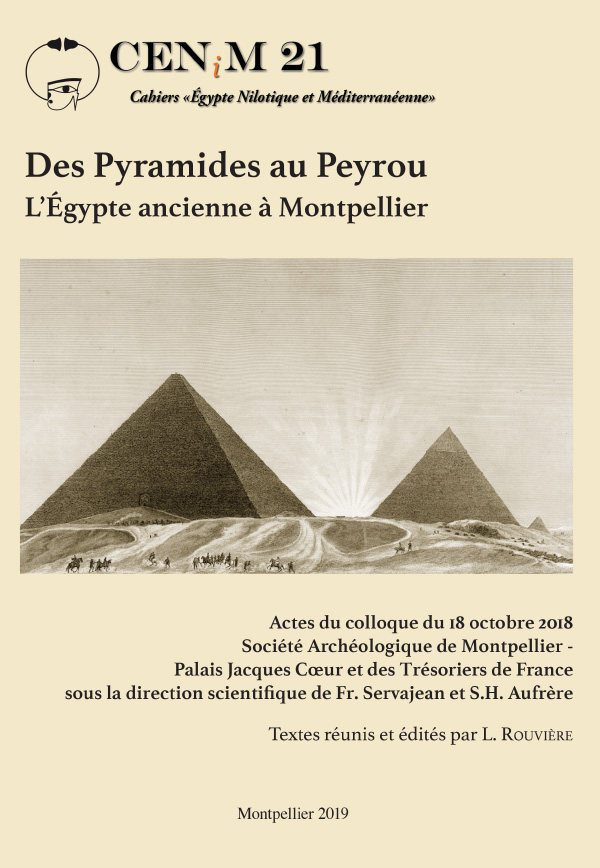 Textes rĂ©unis et Ă©ditĂ©s par L. Rouvière Des Pyramides au Peyrou. L’Égypte ancienne Ă Montpellier. Actes du colloque du 18 octobre 2018 SociĂ©tĂ© ArchĂ©ologique de Montpellier - Palais Jacques Coeur et des TrĂ©soriers de France sous la direction scientifique de Fr. Servajean et S.H. Aufrère, CENiM 21, Montpellier, 2019 — (1 mars 2019)
Textes rĂ©unis et Ă©ditĂ©s par L. Rouvière Des Pyramides au Peyrou. L’Égypte ancienne Ă Montpellier. Actes du colloque du 18 octobre 2018 SociĂ©tĂ© ArchĂ©ologique de Montpellier - Palais Jacques Coeur et des TrĂ©soriers de France sous la direction scientifique de Fr. Servajean et S.H. Aufrère, CENiM 21, Montpellier, 2019 — (1 mars 2019) 
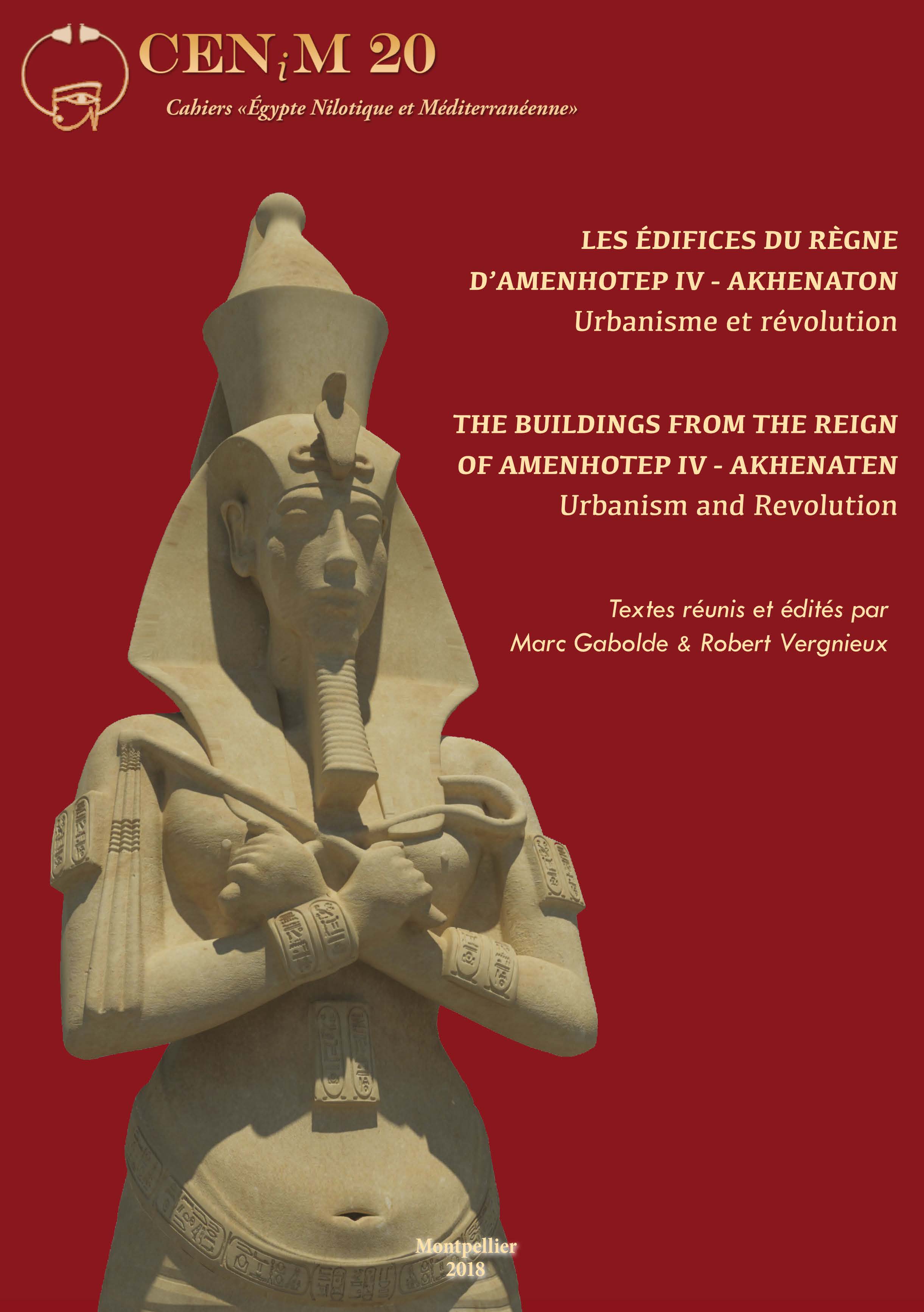 Textes rĂ©unis et Ă©ditĂ©s par Marc Gabolde & Robert Vergnieux Les Ă©difices du règne d’Amenhotep IV - Akhenaton. Urbanisme et rĂ©volution, CENiM 20, Montpellier, 2018 — (17 dĂ©cembre 2018)
Textes rĂ©unis et Ă©ditĂ©s par Marc Gabolde & Robert Vergnieux Les Ă©difices du règne d’Amenhotep IV - Akhenaton. Urbanisme et rĂ©volution, CENiM 20, Montpellier, 2018 — (17 dĂ©cembre 2018) 
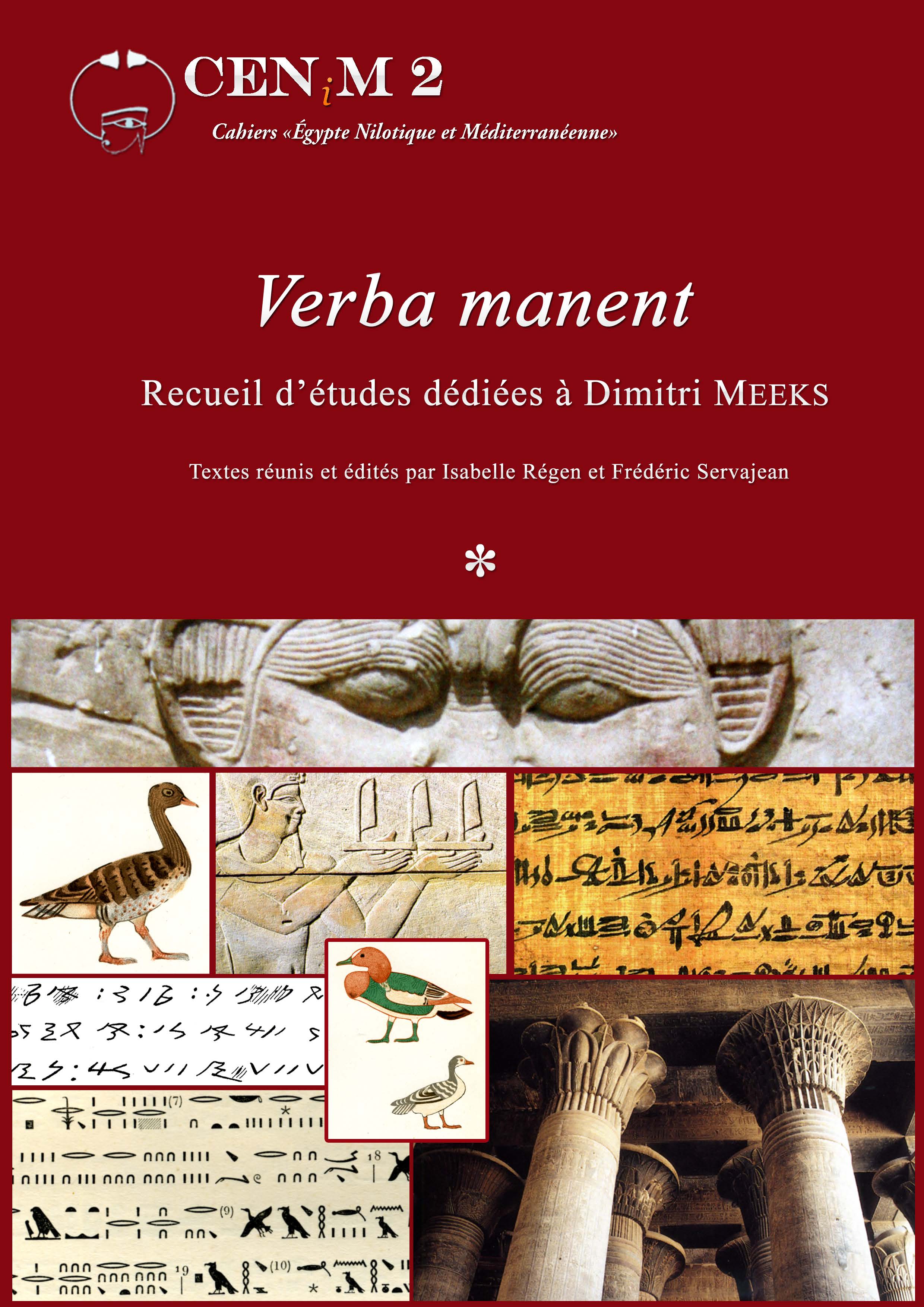 Textes rĂ©unis et Ă©ditĂ©s par Isabelle RĂ©gen et FrĂ©dĂ©ric Servajean Verba manent. Recueil d’études dĂ©diĂ©es Ă Dimitri Meeks par ses collègues et amis, CENiM 2, Montpellier, 2009 — (16 dĂ©cembre 2009)
Textes rĂ©unis et Ă©ditĂ©s par Isabelle RĂ©gen et FrĂ©dĂ©ric Servajean Verba manent. Recueil d’études dĂ©diĂ©es Ă Dimitri Meeks par ses collègues et amis, CENiM 2, Montpellier, 2009 — (16 dĂ©cembre 2009) 
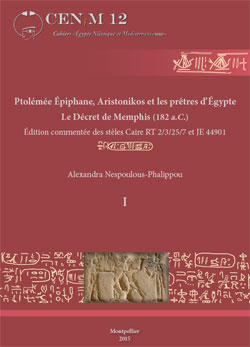 Alexandra Nespoulous-Phalippou PtolĂ©mĂ©e Épiphane, Aristonikos et les prĂŞtres d’Égypte. Le DĂ©cret de Memphis (182 a.C.). Édition commentĂ©e des stèles Caire RT 2/3/25/7 et JE 44901, CENiM 12, Montpellier, 2015 — (29 janvier 2016)
Alexandra Nespoulous-Phalippou PtolĂ©mĂ©e Épiphane, Aristonikos et les prĂŞtres d’Égypte. Le DĂ©cret de Memphis (182 a.C.). Édition commentĂ©e des stèles Caire RT 2/3/25/7 et JE 44901, CENiM 12, Montpellier, 2015 — (29 janvier 2016) 
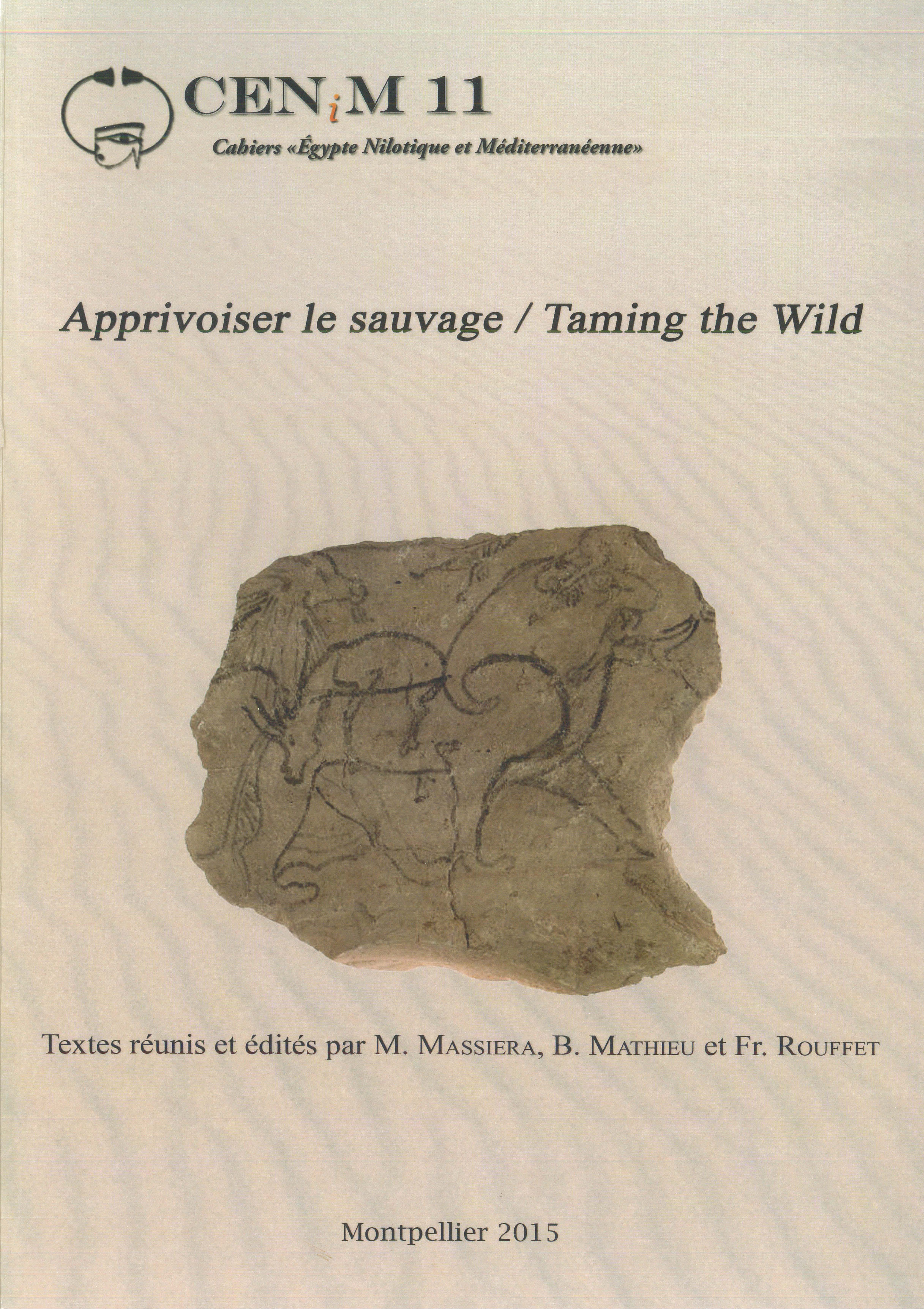 Textes rĂ©unis et Ă©ditĂ©s par M Massiera, B. Mathieu et Fr. Rouffet Apprivoiser le sauvage / Taming the Wild, CENiM 11, Montpellier, 2015 — (2015)
Textes rĂ©unis et Ă©ditĂ©s par M Massiera, B. Mathieu et Fr. Rouffet Apprivoiser le sauvage / Taming the Wild, CENiM 11, Montpellier, 2015 — (2015) 
 ÉditĂ©s par Christiane Zivie-Coche Offrandes, rites et rituels dans les temples d’époques ptolĂ©maĂŻque et romaine. Actes de la journĂ©e d’études de l’équipe EPHE (EA 4519) « Égypte ancienne : ArchĂ©ologie, Langue, Religion » Paris, 27 juin 2013, CENiM 10, Montpellier, 2015 — (16 dĂ©cembre 2015)
ÉditĂ©s par Christiane Zivie-Coche Offrandes, rites et rituels dans les temples d’époques ptolĂ©maĂŻque et romaine. Actes de la journĂ©e d’études de l’équipe EPHE (EA 4519) « Égypte ancienne : ArchĂ©ologie, Langue, Religion » Paris, 27 juin 2013, CENiM 10, Montpellier, 2015 — (16 dĂ©cembre 2015) 
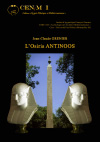 Jean-Claude Grenier L'Osiris ANTINOOS, CENiM 1, Montpellier, 2008 — (26 dĂ©cembre 2008)
Jean-Claude Grenier L'Osiris ANTINOOS, CENiM 1, Montpellier, 2008 — (26 dĂ©cembre 2008) 
TDENiM - Mise en ligne des volumes Ă©puisĂ©s : 
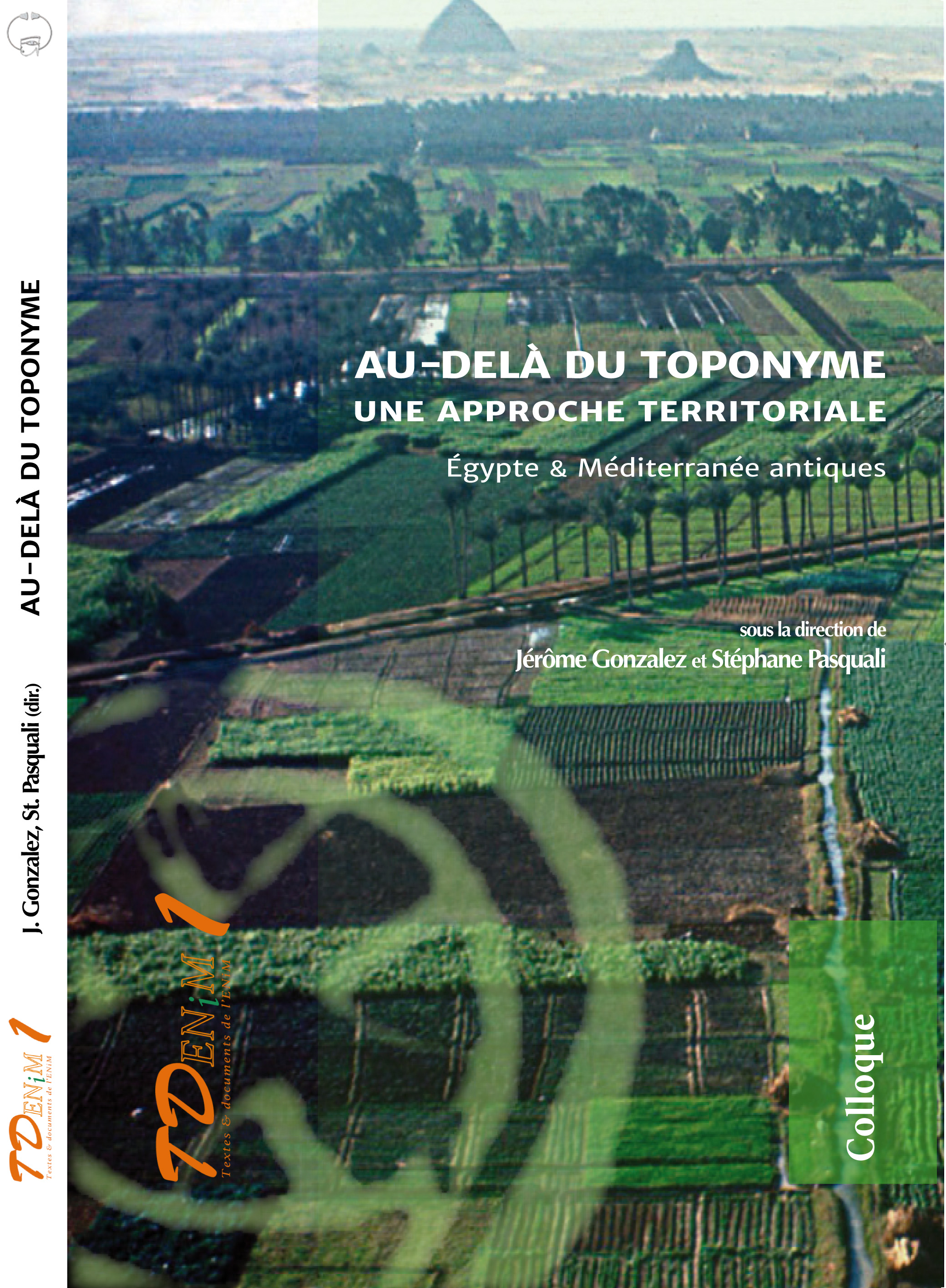 sous la direction de JĂ©rĂ´me Gonzalez et StĂ©phane Pasquali Au-delĂ du toponyme. Une approche territoriale. Égypte & MĂ©diterranĂ©e antiques, TDENiM 1, Montpellier, 2019 — (dĂ©cembre 2019)
sous la direction de JĂ©rĂ´me Gonzalez et StĂ©phane Pasquali Au-delĂ du toponyme. Une approche territoriale. Égypte & MĂ©diterranĂ©e antiques, TDENiM 1, Montpellier, 2019 — (dĂ©cembre 2019) 
 Cet article propose une compilation de toutes les représentations égyptiennes relatives à l’architecture défensive, de la période protohistorique à la Basse Époque. L’inventaire ainsi dressé permet en outre quelques remarques et réflexions sur certains éléments de cette iconographie, sur la manière d’interpréter les illustrations de forts, mais aussi sur les limites que nous imposent les codes artistiques égyptiens.
Cet article propose une compilation de toutes les représentations égyptiennes relatives à l’architecture défensive, de la période protohistorique à la Basse Époque. L’inventaire ainsi dressé permet en outre quelques remarques et réflexions sur certains éléments de cette iconographie, sur la manière d’interpréter les illustrations de forts, mais aussi sur les limites que nous imposent les codes artistiques égyptiens.
 This article proposes a compilation of all the Egyptian representations concerning the defensive architecture, from the Protohistoric period to the Late Period. This inventory allows some remarks and reflections on some elements of this iconography, on interpretation of the illustrations of forts, but also on the limits imposed by the Egyptian artistic codes.
This article proposes a compilation of all the Egyptian representations concerning the defensive architecture, from the Protohistoric period to the Late Period. This inventory allows some remarks and reflections on some elements of this iconography, on interpretation of the illustrations of forts, but also on the limits imposed by the Egyptian artistic codes.
 Consulter cet article (54609) -
Consulter cet article (54609) -  Télécharger cet article au format pdf (26858)
Télécharger cet article au format pdf (26858) La production de vin en Égypte pharaonique est bien connue grâce, notamment, aux nombreuses reprĂ©sentations funĂ©raires peintes dans les tombes nobiliaires, de mĂŞme que par l’archĂ©ologie, par le biais des conteneurs ayant permis son transport et sa conservation. Le dĂ©tail des mĂ©thodes de production, et notamment de fermentation, sont cependant moins bien apprĂ©hendĂ©es. Le croisement des donnĂ©es picturales et Ă©pigraphiques permet nĂ©anmoins de lever un voile sur une possible mĂ©thode de prĂ©paration du vin, le passerillage.
La production de vin en Égypte pharaonique est bien connue grâce, notamment, aux nombreuses représentations funéraires peintes dans les tombes nobiliaires, de même que par l’archéologie, par le biais des conteneurs ayant permis son transport et sa conservation. Le détail des méthodes de production, et notamment de fermentation, sont cependant moins bien appréhendées. Le croisement des données picturales et épigraphiques permet néanmoins de lever un voile sur une possible méthode de préparation du vin, le passerillage.
 The wine production during Pharaonic period is well known thanks to the funeral representations painted in the noble’s tombs as well as to archaeology through the containers that enable their transportation. The detail of the method of production, and especially the fermentation, is however less apprehended. The crossing of pictorial and epigraphic data enables nonetheless to lift the veil on a possible method to produce wine: the passerillage.
The wine production during Pharaonic period is well known thanks to the funeral representations painted in the noble’s tombs as well as to archaeology through the containers that enable their transportation. The detail of the method of production, and especially the fermentation, is however less apprehended. The crossing of pictorial and epigraphic data enables nonetheless to lift the veil on a possible method to produce wine: the passerillage.
 Consulter cet article (43363) -
Consulter cet article (43363) -  Télécharger cet article au format pdf (23276)
Télécharger cet article au format pdf (23276) La fausse-porte d’Ipy, sujet de cet article, se trouve dans la tombe 481 de BĂ©ni Hassan, datĂ©e de la VIe dynastie. Son Ă©tat de conservation est bon. Les reliefs ont Ă©tĂ© sculptĂ©s en creux, ils conservent encore des traces de pigments rouget et jaune.
La fausse-porte d’Ipy, sujet de cet article, se trouve dans la tombe 481 de Béni Hassan, datée de la VIe dynastie. Son état de conservation est bon. Les reliefs ont été sculptés en creux, ils conservent encore des traces de pigments rouget et jaune.
 The False door of Ipy which forms the subject of this paper comes from the rock-cut tomb number 481 at Beni Hassan that dates back to the second half of the Sixth Dynasty. The false door is in a fair state of preservation the scenes and texts are in sunk relief with traces of red and yellow pigments.
The False door of Ipy which forms the subject of this paper comes from the rock-cut tomb number 481 at Beni Hassan that dates back to the second half of the Sixth Dynasty. The false door is in a fair state of preservation the scenes and texts are in sunk relief with traces of red and yellow pigments.
 Consulter cet article (42116) -
Consulter cet article (42116) -  Télécharger cet article au format pdf (23536)
Télécharger cet article au format pdf (23536)





 Anne-Sophie von BOMHARD DĂ©cans Ă©gyptiens, CENiM 23, Montpellier, 2020 — (2020)
Anne-Sophie von BOMHARD DĂ©cans Ă©gyptiens, CENiM 23, Montpellier, 2020 — (2020) 
 Jean-Claude Grenier L'Osiris ANTINOOS, CENiM 1, Montpellier, 2008 — (26 dĂ©cembre 2008)
Jean-Claude Grenier L'Osiris ANTINOOS, CENiM 1, Montpellier, 2008 — (26 dĂ©cembre 2008) 

 Twitter
Twitter 

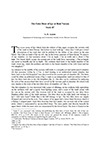





















 Contact
Contact
 Abonnez-vous !
Abonnez-vous ! Équipe Égypte Nilotique et Méditerranéenne
Équipe Égypte Nilotique et Méditerranéenne UMR 5140 « Archéologie des Sociétés Méditerranéennes » (Cnrs)
UMR 5140 « Archéologie des Sociétés Méditerranéennes » (Cnrs) Université Paul Valéry - Montpellier III
Université Paul Valéry - Montpellier III